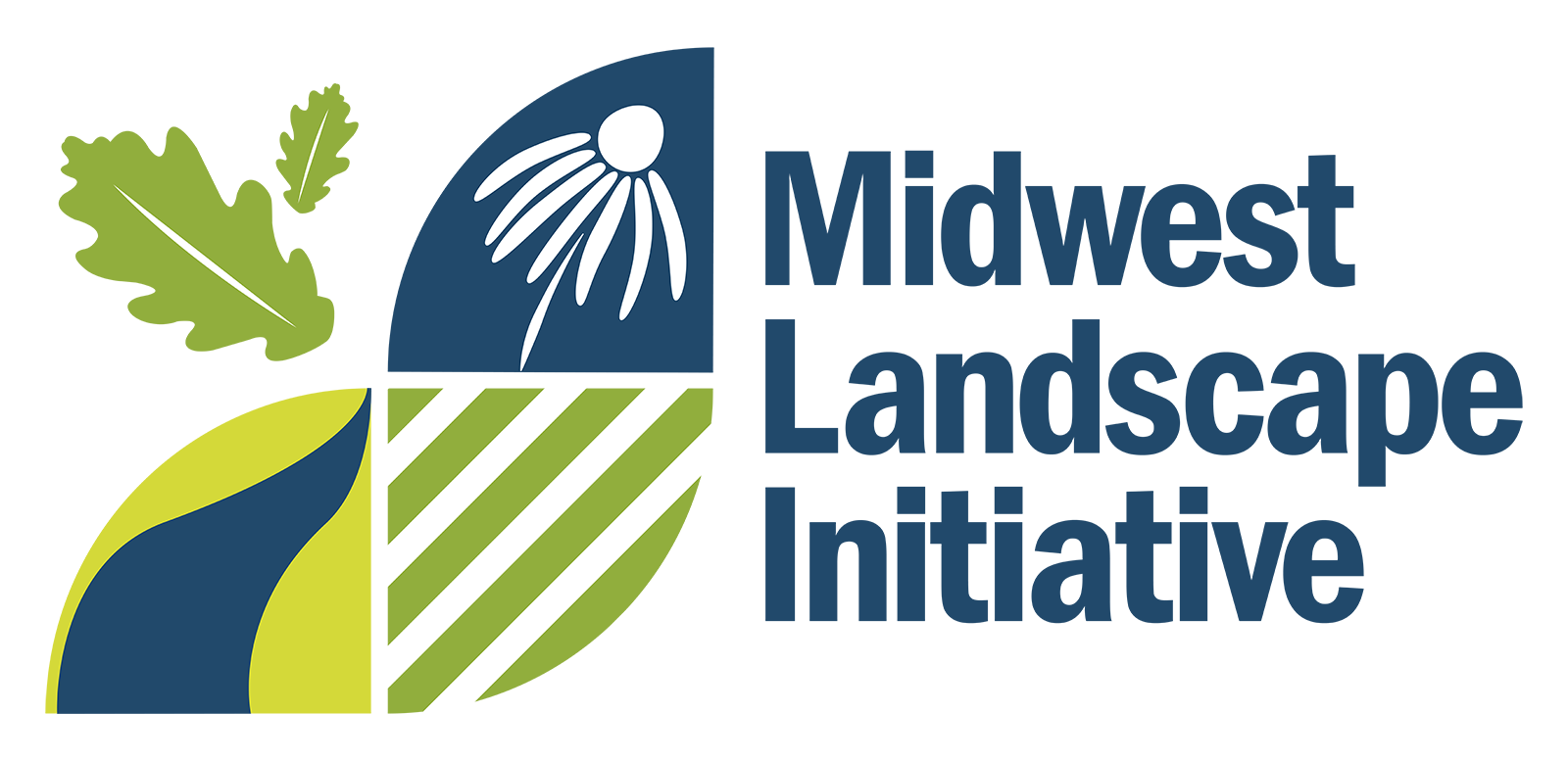This website uses cookies so that we can provide you with the best user experience possible. Cookie information is stored in your browser and performs functions such as recognising you when you return to our website and helping our team to understand which sections of the website you find most interesting and useful.
Our Work
Least Terns. Photo Credit: Indiana DNR
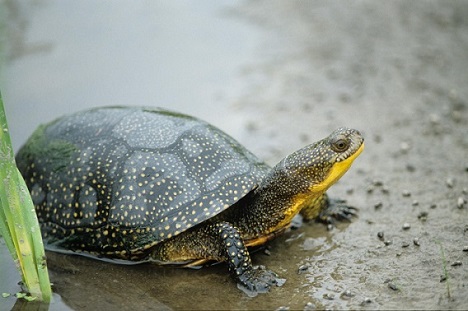
Blanding’s Turtle. Photo Credit: Nebraska Game and Parks
At Risk Species
Midwest Landscape Initiative’s work on at-risk species conservation is guided by the at-risk species working group. The purpose of the at-risk species working group is to coordinate, recommend, implement, and evaluate priority actions to benefit at-risk species on a regional level; and improve their status in order to reduce the likelihood of a future need to list them as threatened or endangered. This group maintains close contact and collaboration with the wildlife diversity committee of the Midwest Association of Fish and Wildlife Agencies.
One of the first initiatives and products of the at-risk species working group was the development of the Midwest Regional Species of Greatest Conservation Need. This project identified species of high regional concern and collaborative opportunity.
Other projects of the at-risk species working group underway include:
- Enhancing the Midwest regional species of greatest conservation need database with updated data on threats, habitats, and climate change, and working towards cross-regional compatibility in database design
- Identifying and prioritizing the most urgent actions that have the highest likelihood of successfully precluding the need to list at-risk species, including species already on the U.S. Fish and Wildlife Service’s national listing workplan for the Endangered Species Act
- Fostering collaboration among taxonomic experts in the region across jurisdictional and organizational boundaries
- Identifying potential projects focusing on regional species of greatest conservation need that would benefit from enhanced regional coordination
To learn more about our at-risk species work, contact Claire Beck.
Communications and Engagement
Midwest Landscape Initiative’s Communications and Engagement working group is comprised of federal and state fish and wildlife agency communication professionals with the charge to enhance the visibility, understanding, and influence of the initiative and its work products among partners and peer organizations. This group is also tasked with positioning the initiative as a recognized national leader in cooperative landscape scale conservation.
Goals of the working group include:
- Recommend methods, modes, and actions for effective communication and engagement among the work groups and existing committees of the the initiative, parent natural resource agencies, other Association of Fish and Wildlife Agencies regions, and to external partners and stakeholders.
- Communicate with and engage partners to provide input and take ownership of Midwest Landscape Initiative priorities and tools, implement actions, and pool or align staffing and financial resources.
To learn more about our communications and engagement work, contact Kate Parsons.
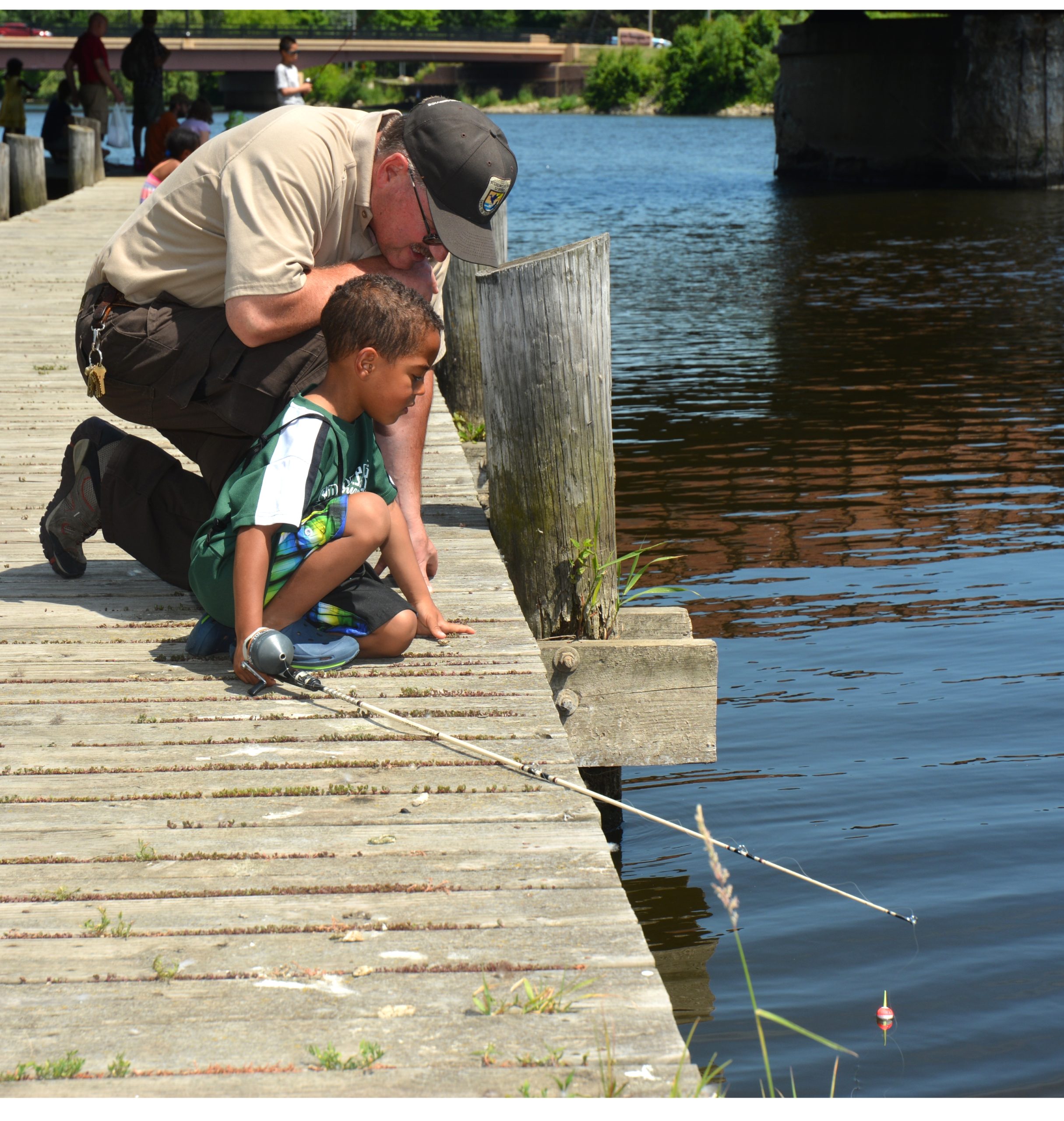 Fish rodeo in Lansing Michigan. Photo Credit: USFWS
Fish rodeo in Lansing Michigan. Photo Credit: USFWS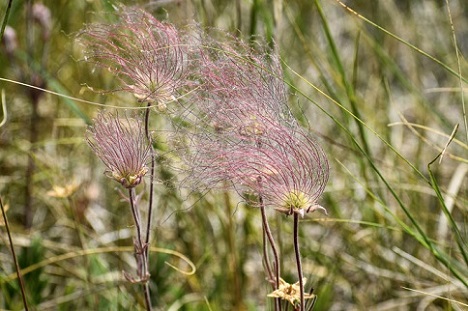
Prairie Smoke, North Dakota. Photo Credit: Hilary Morey
Habitat Inventory and Assessment
The condition and diversity of fish, wildlife, and plant species generally reflect the overall health of the natural communities within which they reside. But it is difficult to decide when, where, and how much effort is needed to conserve or restore those areas. The purpose of the Midwest Landscape Initiative’s Habitat working group is to inform strategic use of conservation resources toward natural communities and landscapes that improve regional conservation outcomes, as well as to provide scalable tools that allow for integration and interoperability where appropriate and desired.
Current projects underway include:
- The development of the Midwest Conservation Blueprint, a basemap of priority areas for conservation across the Midwest.
- The development of a shared and connected habitat lexicon for State Wildlife Action Plans across the region. Currently, we are working to translate the habitat types from each individual State Wildlife Action Plan to a shared regional habitat classification and mapping system. This work will help connect states to one another through a shared lexicon, and allow for the identification, spatial depiction, of regional priority habitats for more coordinated conservation.
- The development of the Midwest conservation action portal, an online platform of maps, data, documents, and other resources, will help better coordinate voluntary conservation actions and investments across the region.
To learn more about MLI’s habitat work, contact Alex Wright.
Regional Grant Coordination
The number of funding opportunities available to benefit conservation on the nation’s landscape has increased in recent years through the Bipartisan Infrastructure Law, Infrastructure Investment and Jobs Act, Inflation Reduction Act, America the Beautiful Challenge Grants, Competitive State Wildlife Grants, and other funding sources.
The purpose of the regional grant coordination work is to create a forum for states to strategically identify individual projects that would create more meaningful impacts on the landscape and possibly score better when evaluated if they were submitted as a larger, collaborative proposal.
Current projects underway include:
- The development of standard introductory language for states to use to share how their individual proposal contributes to a larger, collaborative proposal that benefits the region.
- The development of a Midwest Association of Fish and Wildlife Agencies letter of support that can be submitted with state proposals that align with the grant-specific criteria and agreed upon regional priorities.
To learn more about MLI’s Regional Grant Coordination work, contact Lorisa Smith.
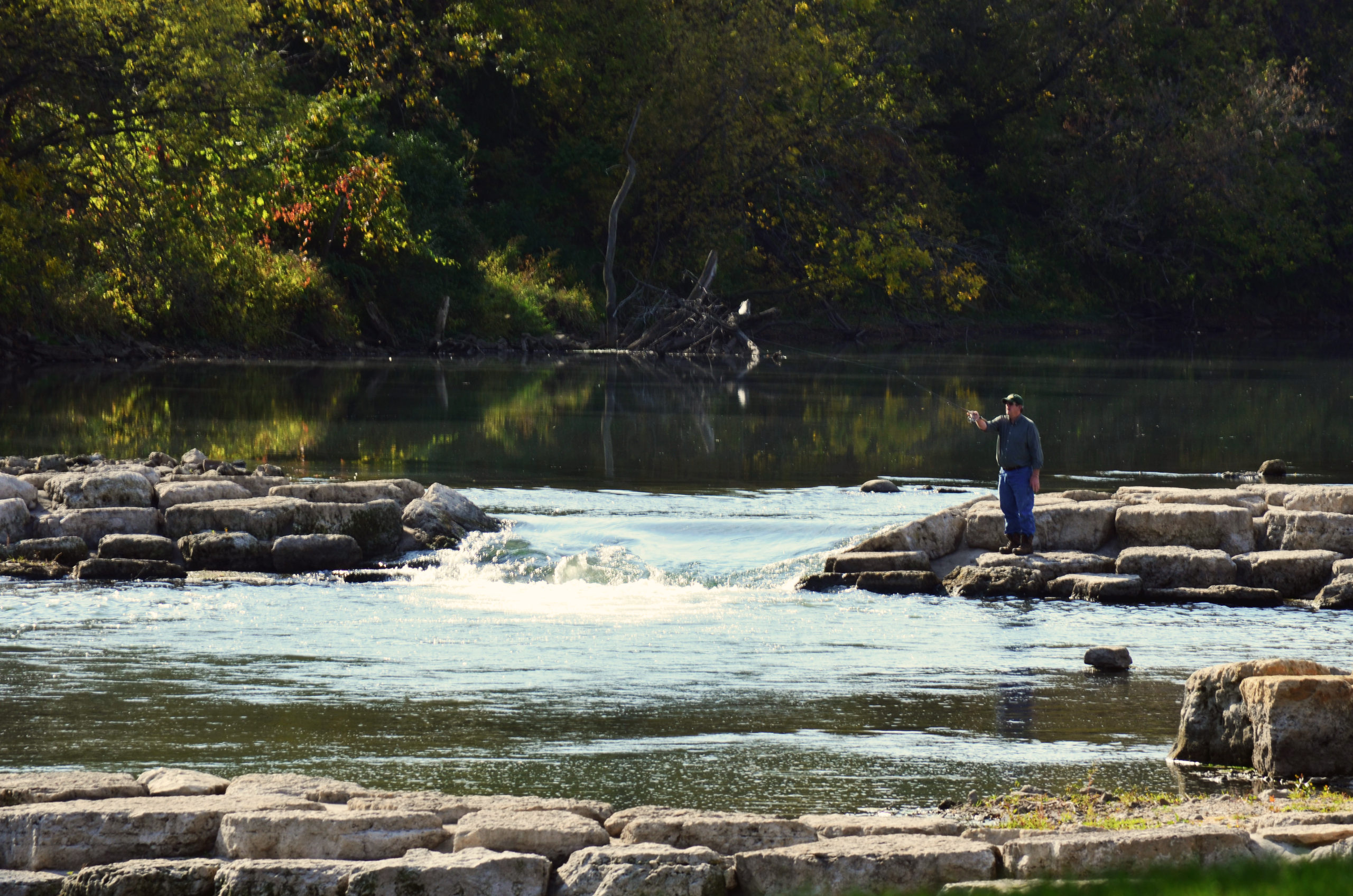 Maquoketa River in Manchester, Iowa. Photo Credit: USFWS
Maquoketa River in Manchester, Iowa. Photo Credit: USFWSState Wildlife Action Plan Regional Coordination
Midwest Landscape Initiative convened a team in early 2022 to evaluate and implement the recommendations found in the Association of Fish and Wildlife Agencies report entitled Leading At-Risk Fish and Wildlife Conservation: A framework to enhance landscape-scale and cross-boundary conservation through coordinated state wildlife action plans. This team brings together state, federal, and non-profit partners to broadly discuss ways in which State Wildlife Actions Plans can be better coordinated across the region for mutual benefit.
Current projects underway include:
- Developing a dashboard tool for viewing data contained within the State Wildlife Action Plans from all 13 Midwest Association of Fish and Wildlife Agencies This dashboard tool will be based on a robust database of information on species, habitats, threats, actions, and other elements of State Wildlife Action Plans.
- Developing a dashboard tool for viewing data within the Midwest regional species of greatest conservation need database.
- Preparing a report that evaluates the Midwest states’ implementation or possible implementation of the and actions thereunder.
To learn more about MLI’s SWAP coordination work, contact Claire Beck.
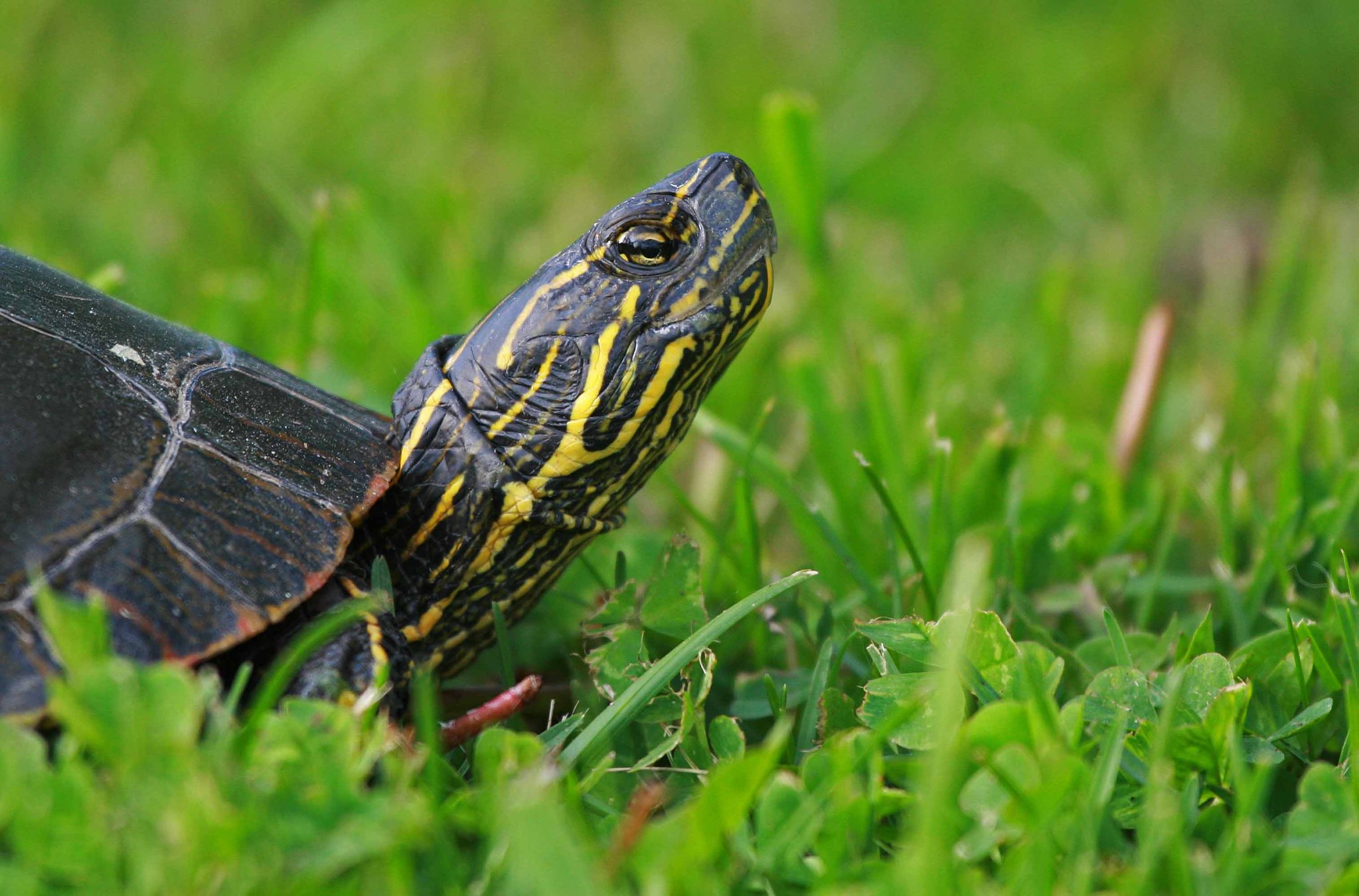 Painted turtle. Photo Credit: USFWS
Painted turtle. Photo Credit: USFWS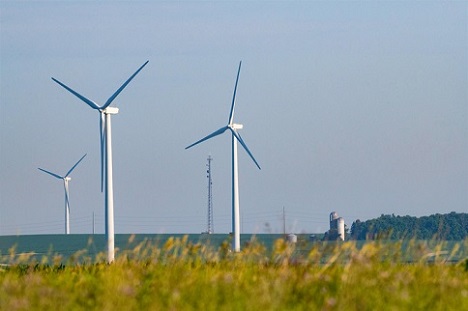
Wind Turbines. Photo Credit: Ed Boggess
Wind Energy and Wildlife
The purpose of the Midwest Landscape Initiative’s Wind Working Group is to explore shared conservation priorities among the states of the Midwest Association of Fish and Wildlife Agencies and the U.S. Fish and Wildlife Service . The wind working group is a government-only “safe space” for these state and federal agencies with management responsibility for fish and wildlife. The wind working group is charged to advance the objectives identified by the initiative’s steering committee, including exploring actions and recommendations to continue identifying shared priorities and defining approaches to address them.
Midwest Landscape Initiative wind working group goals include:
- Identify and avoid, or minimize, the direct and indirect impacts of wind energy development on wildlife and the surrounding environment.
- Offset remaining unavoidable direct and indirect impacts of wind-power generation on wildlife and the surrounding environment.
- Ensure those offsets last for the life of the project.
- Establish a consistent mitigation or offset approach across the region.
Current projects of the wind working group include:
- Wind and wildlife mapping resources framework
- Mitigation and best management practices inventory
- Permitting case study report
To learn more about MLI’s wind energy and wildlife work, contact Kelley Tymeson.

